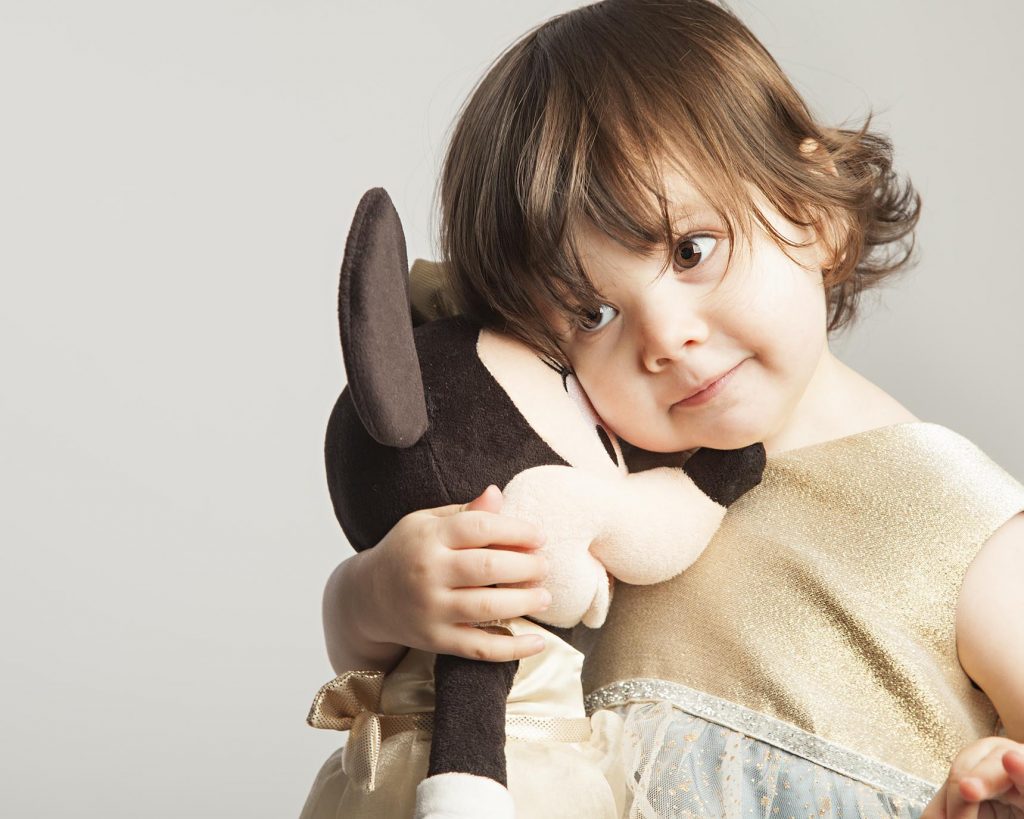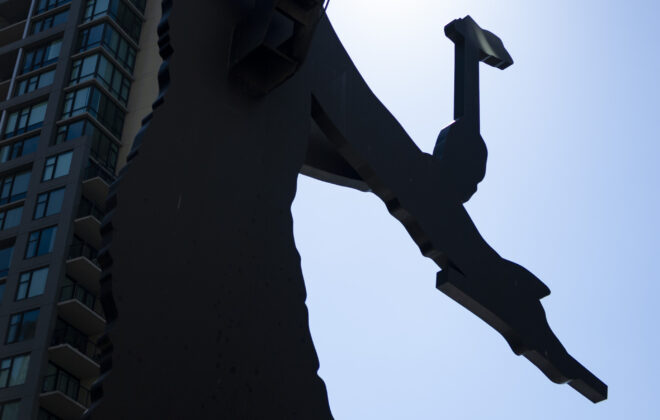A Beginners Guide to Studio Photography
For new photographers, the idea of booking studio space can be a little intimidating. There’s a common misconception that studios are exclusively reserved for professional photographers, and the thought of dealing with lighting techniques, equipment, and posing might seem overwhelming. However, venturing into studio photography opens up a world of possibilities and offers unique advantages compared to shooting outdoors.
Working in a studio does require some knowledge of lighting techniques, equipment handling, and posing. It’s essential to remember that every great photographer starts as a beginner. In fact, using a studio for photography can be a fantastic learning experience as it allows you to master the art of controlling the scene and manipulating lighting to create a scene. Shooting in a studio can provide a safe space for expanding your creativity as an artist.
If you are new to studio photography, there are a few basics that will help you move forward in your path to becoming a studio photographer.
Finding A Space
Most photographers who own a studio will rent the space out to other photographers. This allows them to make a little extra income when they don’t have shoots of their own. If you’re in need of a studio space, it’s easier than ever to find available options through a simple internet search.
Before renting a studio space, consider the location, price, and included equipment. Any studio that hires the space should clearly list the rates on the website. Do they charge by the hour or do they have half-day rates? Keep in mind that you should have an idea of what you are paying for the space before giving a quote to the client. You don’t want to quote them a price, only to find out all the money you will be making will go towards the rental.
Check for available parking if the client or you will be driving. A lot of studios in the city won’t include parking, so you or the client might need to pay for street parking.
Something you can do if you haven’t used a specific space before is contact the owner and ask if you can visit and view it in advance. This is something I would highly recommend, as it will give you an idea of the size of the venue. You don’t want to book a small space if photographing a large family, for example. Also, while you are there, take a look at the available equipment. Some studios might include the lighting in the rental rate and some might not. If it is included, make sure you know how to use it. If not, it might be worth booking a little extra time before the scheduled shoot to get some experience with the equipment before the client arrives.
Keep in mind when booking a venue, remember to consider the available hours too. It can be frustrating to arrange a day and time with the client, only to discover that the studio space isn’t available during that period.
Bonus Tip: To find a studio is to ask a fellow photographer. If you don’t know any, check in a Facebook or Reddit group.
What Gear to Bring
Consider your specific needs when packing gear for your shoot. For example, if you are using a studio space that doesn’t include the lights, you will need to bring your own. Essential items include your camera, memory cards, and an extra battery. If you use props, bring those as well. For example, when photographing babies and families, I used pillows, blankets, and toys for entertainment, along with boxes or chairs for creative posing. Check if you need gels for lights or backdrops in the studio. These help for creative scene building.
If you plan to tether to your camera, bring a laptop and power cable, and consider a stand for the laptop. A Bluetooth speaker connected to your phone can add to the atmosphere, but choose universally liked and upbeat music, avoiding inappropriate choices for the occasion.
Know Your Lighting
Since you are starting in studio photography, you most likely do not have a specific lighting technique mastered just yet.
Studio photography offers a variety of methods and styles of lighting that you can experiment with. While I won’t delve into the specifics of lighting techniques like Rembrandt, Loop, Butterfly, and others, it is crucial to understand how light interacts with your subject.
Lighting is the very essence of photography, and in a controlled studio environment, you have the advantage of shaping and manipulating light to suit your artistic vision. The way you illuminate your subject can drastically impact the mood, tone, and overall aesthetic of your images. Consider the direction of light and its intensity. Light coming from different angles can create dramatic shadows or soft, diffused lighting. Experimenting with various light modifiers, such as softboxes, umbrellas, and reflectors can further refine the quality of light and produce distinct effects.
Pay close attention to how light interacts with your subjects’ features. Observe how shadows fall on their faces, how highlights accentuate certain aspects of the person or scene.
Practice is key when it comes to mastering lighting in studio photography. Don’t be afraid to experiment and take risks. With each shoot, you’ll gain valuable insights into how light behaves and how you can manipulate it to create compelling and visually stunning images.
Bonus Tip: Experiment with friends. Book a studio for a few hours and just play around with different lighting technique. This will provide experience that you can use with paying clients later on.
Working With Clients
Becoming a talented photographer involves more than just mastering technical aspects like lighting and equipment; it also requires the often-overlooked skill of working effectively with people. Photographers must possess the ability to make their subjects feel at ease and comfortable in front of the camera, as well as the expertise to direct and pose them to capture their best selves.
The connection between a photographer and their clients is key, as it sets the tone for the entire photoshoot. Creating a relaxed and welcoming environment allows clients to express their authentic selves, resulting in more natural and captivating photographs.

When giving direction, using a calm and reassuring voice can make a significant difference. Complimenting your clients and reminding them of how fantastic they look can boost their confidence and further relax them during the session.
Respect and communication are key elements in the photographer-client relationship. Being attuned to your clients’ comfort levels is essential. Some individuals might have personal or cultural reasons for not wanting to be touched. Always seek permission before touching your clients or any of their belongings, including equipment or instruments. Whether it’s adjusting a strand of hair or repositioning a subject, asking politely if it’s okay will demonstrate your professionalism and respect for personal boundaries. If they say no, respect that and move to providing direction without any physical contact.
A great photographer not only captures stunning images but also creates an enjoyable experience for their clients. By fostering a positive and respectful atmosphere, you can build trust and rapport, enabling you to bring out the best in your subjects and produce truly remarkable photographs.
Leave The Studio as You Found It
As someone who previously owed a photography studio, a pet peeve of mine was when people would rent the space and leave it a mess after. They might leave garbage lying around or scuff marks from shoes on the backdrops. Occasionally I would not return a deposit for this reason, and other times I would never rent to that person again.
After the shoot, clean up and return the space to its original condition. In many photography studios, the manager will evaluate before to take note of what gear you may be borrowing for the session and the general condition of the space. Afterward, they will do the same type of post evaluation in which they can charge you for.
Just because you rent and a pay a fee to the studio, doesn’t mean they act as your clean-up crew. Make sure that everyone picks up after themselves, discards any trash they have and leaves the studio in the condition they found it.
If you like the studio and want to use it again in the future, be respectful of the space. Act accordingly, be a good customer and show respect to the space that they offered you.
Also, pay attention to the time. If you rent the space for an hour, there might be someone waiting to rent the space the hour after you leave. If your shoot goes long, it impacts that next photographer. Aim to end your session 5 to 10 minutes early to allow for time to clean up and leave the space as you found it.
In Summary
As a new photographer, the studio can become your haven for artistic growth. It provides a safe and comfortable space where you can experiment in a controlled environment.
By booking a studio and immersing yourself in its possibilities, you’ll uncover additional dimensions of photography and unlock your full potential as an artist. As you hone your skills and techniques, you’ll embark on a rewarding and fulfilling journey in the world of studio photography. Your work will create stunning images that leave a lasting impression on your audience, reflecting the passion and dedication you’ve poured into your craft.
Related Posts
Leave a Reply Cancel reply
This site uses Akismet to reduce spam. Learn how your comment data is processed.
Categories




